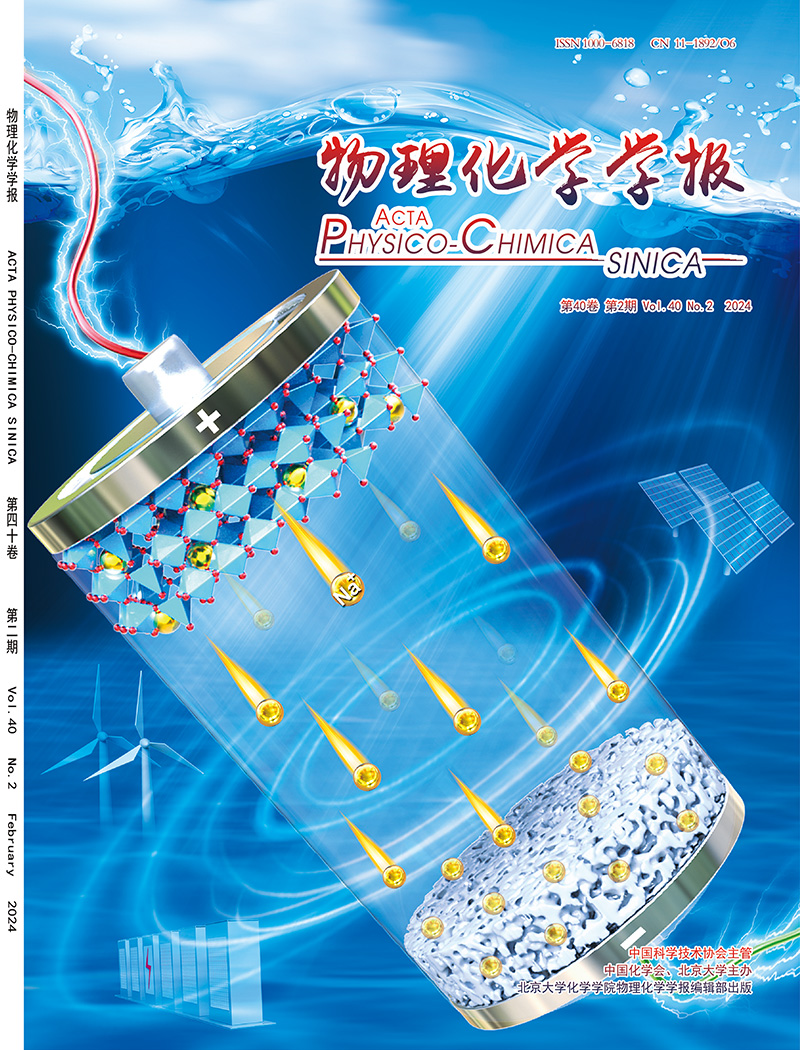Challenges and strategies on high-manganese Li-rich layered oxide cathodes for ultrahigh-energy-density batteries
IF 13.5
2区 化学
Q1 CHEMISTRY, PHYSICAL
引用次数: 0
Abstract
Benefiting from the synergistic participation of transition metals (TMs) and lattice oxygen in redox reactions, Li-rich layered oxides (LLOs) exhibit a capacity exceeding 250 mAh g−1, positioning them as promising cathode candidates for next-generation high-energy-density lithium-ion batteries. To further enhance capacity and reduce reliance on environmentally hazardous Co and Ni elements, the development of high-Mn LLOs (HM-LLOs) with ultrahigh capacities surpassing 350 mAh g−1 has emerged as a viable strategy. Elevated Mn content introduces additional Li–O–Li configurations, facilitating greater lattice oxygen involvement in redox reactions, thereby increasing theoretical capacity. However, practical studies reveal that the achievable capacity of HM-LLOs remains significantly lower than theoretical predictions, severely hindering their application. The discrepancy primarily stems from two factors: activation difficulty and irreversible oxygen loss. Despite the higher initial charge capacity, the lattice oxygen utilization efficiency is still limited by incomplete activation. Meanwhile, irreversible oxygen loss leads to low initial coulombic efficiency (ICE). Given these challenges in HM-LLOs, a systematic review is necessary to unravel the origin of these issues and seek valid strategies to promote their application in power batteries. Herein, we elucidate the relationship between high Mn content and theoretical capacity through compositional, structural, and stoichiometric perspectives. Next, we analyze the roles of elemental components in HM-LLOs at the atomic level, followed by an in-depth investigation of unique structural evolution, particularly the formation of large Li2MnO3 domains. These factors collectively restrict practical capacity utilization. Low Co content combined with large Li2MnO3 domains exacerbate activation issues, while low Ni content and these domains promote irreversible oxygen loss. Building on this mechanistic understanding, we comprehensively categorize various strategies, from precursor synthesis to active material modifications. The mechanisms of precursor synthesis and structural transformations during the sintering process have been detailed. Optimization methods employed during the synthesis process have been thoroughly reviewed. Furthermore, effective modification methods have been elaborated, from the fundamental principles to practical applications. The advantages and disadvantages of these modification methods, as well as potential future optimization directions, have been outlined. Additionally, novel explorations, such as the construction of O2-type structures, innovative activation methods, and the development of sulfur-based host, are discussed. Finally, we propose future directions to bridge the gap between theoretical and practical capacities, including advanced characterization of oxygen redox dynamics and machine learning-guided evaluation of modifications. This review provides critical insights into advancing high-capacity cathode materials, thus accelerating the commercialization of HM-LLOs.

超高能量密度电池高锰富锂层状氧化物阴极的挑战与策略
得益于过渡金属(TMs)和晶格氧在氧化还原反应中的协同参与,富锂层状氧化物(LLOs)的容量超过250 mAh g - 1,将其定位为下一代高能量密度锂离子电池的极候选者。为了进一步提高容量并减少对环境有害的Co和Ni元素的依赖,开发超过350 mAh g - 1的超高容量的高mn LLOs (HM-LLOs)已经成为一种可行的策略。Mn含量的增加引入了额外的Li-O-Li结构,促进了氧化还原反应中更多的晶格氧参与,从而增加了理论容量。然而,实际研究表明,HM-LLOs的可实现容量仍然明显低于理论预测,严重阻碍了其应用。这种差异主要源于两个因素:激活困难和不可逆氧损失。尽管具有较高的初始电荷容量,但晶格氧利用效率仍然受到不完全活化的限制。同时,不可逆氧损失导致初始库仑效率(ICE)较低。鉴于HM-LLOs面临的这些挑战,有必要进行系统的综述,以揭示这些问题的根源,并寻求有效的策略来促进其在动力电池中的应用。在此,我们从组成、结构和化学计量学的角度阐明了高锰含量与理论容量之间的关系。接下来,我们在原子水平上分析了元素成分在HM-LLOs中的作用,然后深入研究了独特的结构演变,特别是大Li2MnO3结构域的形成。这些因素共同限制了实际产能利用率。低Co含量和大的Li2MnO3结构域加剧了活化问题,而低Ni含量和这些结构域促进了不可逆的氧损失。基于这种机制的理解,我们全面分类了各种策略,从前体合成到活性材料修饰。详细介绍了前驱体的合成和烧结过程中结构转变的机理。对合成过程中所采用的优化方法进行了综述。从基本原理到实际应用,阐述了有效的修正方法。概述了这些改性方法的优缺点,以及未来可能的优化方向。此外,还讨论了新的探索,如o2型结构的构建、创新的活化方法和硫基宿主的发展。最后,我们提出了未来的方向,以弥合理论和实践能力之间的差距,包括氧气氧化还原动力学的高级表征和机器学习指导的修改评估。这篇综述为推进高容量阴极材料提供了重要的见解,从而加速了HM-LLOs的商业化。
本文章由计算机程序翻译,如有差异,请以英文原文为准。
求助全文
约1分钟内获得全文
求助全文

 求助内容:
求助内容: 应助结果提醒方式:
应助结果提醒方式:


